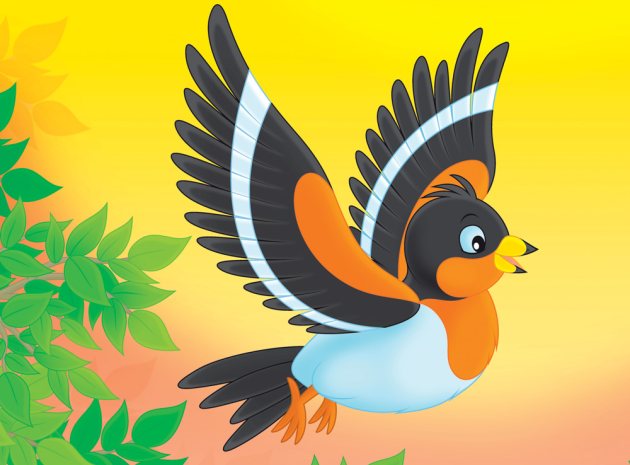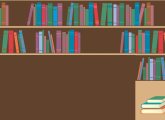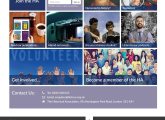Challenge students’ preconceptions about evolution with these brilliant suggestions from Dr Joanna Rhodes…
In this exploration of evolution, students begin by investigating family trees starting with the great apes and moving on to the selective breeding of cabbages and finally their creating their own family tree. In the next activity they retrace Darwin’s steps in the Beagle and model his work with finches on the island using an exciting hands on approach. An engaging follow-up looks at adaptation in more depth with Build-a-Beast, which provides the opportunity to create a lost world classroom display of animals the students have created shown in the environments they are adapted to survive in.
Why teach this?
It is hard not to be captivated by Darwin’s theory of evolution by natural selection and the numerous ways to approach this topic in the classroom are as varied and interesting as the tree of life itself. There is great opportunity to differentiate the material for learners of different abilities from a basic understanding of survival of the fittest to a more complicated model of how characteristics are inherited by passing on genes parent to offspring – and the resulting discussions are relevant to a range of subject areas, including English, history, RE and PSHE….
Starter activity
Many students bring an early pseudo-understanding of evolution to the lesson. This may often be a simplistic statement that we are descended from monkeys or chimpanzees. You might challenge them by asking if that is the case, then why are there still chimpanzees? Richard Dawkins explains the answer in an engaging short clip [Additional Resource 1] that introduces the concept of a common ancestor. To help students understand this further there is an interesting example you can demonstrate in the classroom using brassica type vegetables, which have been selectively bred to produce a variety of different strains for human consumption. Each type of brassica is not descended from the next but all have the wild cabbage as a common ancestor. One strain has been bred for a large head, another for large leaves and another for large flowers. Students could also draw their own family tree labeling characteristics that they have in common such as eye colour, hair colour and height.
Main activities
1. Clip Birds
Darwin studied thousands of finches on the Galapagos Islands. He found that the birds had become very specialised in size and beak shape for the particular food and habitat. Only birds with the most advantageous features could survive and breed. Invite your students to set sail, not to the Galapagos, but to an Island called Clip Land which is home to colonies of Clip Birds. In Clip Land there are three distinct habitats and three types of bird. A bulldog clip of a particular size represents each Clip Bird – this is the bird’s beak and establishes the size of the food it is able to eat.
There are also three habitats represented by bowls of food – lentils to represent small seeds, dried kidney beans to represent medium food and pasta or dried broad beans to represent the large food. Each bird must eat a certain mass of food in 30 seconds to survive. Introduce into each habitat a variety of birds – this models the variation in the species on the island and should be the same number of small, medium and large beaked Clip Birds, each with a student to manipulate it.
The next phase is a bit like the board game Hungry Hippos as the students manipulate the Clip Birds to eat the food in the three different habitats by grabbing it with their bulldog clip. After ‘eating’ as much food as they can in 30 seconds students weigh their beakers to determine if their bird has ‘survived.’ If two birds have survived they can ‘breed’ and introduce another student with the same beak size into their habitat. If they have not survived they are now out. Students may be keen to swap habitats when they discover their birds are not surviving. However our Clip Birds cannot shift between habitats as high mountains separate them. As the cycles proceed students will see that the three separate populations of the Clip Birds increase or decrease according to the size of their beaks. Ultimately the large food habitat will be populated by lots of birds with large beaks, the medium food habitat will be populated by lots of birds with medium beaks and the small food habitat will likewise be populated with birds with small beaks.
You can add further complexity to this entertaining activity by introducing mixed foods and also a seasonal variation in foods to add stretch and challenge to a higher group. This is explained in more detail along with some supporting resources produced by the University of Berkeley [AR 2].
2. Build-a-Beast
In order to survive in an environment, an animal needs to adapt, to develop traits that fit it to where it lives. This activity builds on the ideas of variation and survival of the fittest developed by the Clip Bird activity and looks at adaptation in more depth. To ‘build-a-beast,’ first roll a die for each category to determine the conditions under which the animal lives. Then imagine, write about, and draw an animal that has adaptations to be able to live well in that kind of environment. An initial set of conditions is given on the NESCI website [AR 3] but you could ask a group of students to create their own as part of the task once they have practiced with these. Each group of students can create a new lost world inhabited by their own animals adapted to their environment. This activity is also ideally suited to make superb poster work for classroom display.
Home learning
Darwin’s diary
Christ’s College Cambridge has produced a website dedicated to informing children and young people about Charles Darwin the person [AR8]. Ask students to write a section of Darwin’s diary using this resource. Students could include information about his studies at Cambridge, his time on the Galapagos Islands as well as life onboard The Beagle or how he felt when the theory of evolution came under intense scrutiny on his return.
Summary
Web quest
If you have access to iPads in the classroom then a suggested resource is the Natural History Museum’s new evolution app [AR 4]. Learn about more than 800 creatures and plants, examine spectacular 360° high definition fossil images and watch specially-commissioned videos of Museum experts discussing the latest evolutionary theories. This resource lends itself well to a web quest challenging your students to find the answer to specific questions known to be within the app. If iPads are not available then the NHM website is an alternative resource that could be used to set a research based summary. Students could present their own Powerpoint, Prezi or poster on an aspect of evolution.
Stretch them further
The classroom has the potential to be an ethnically diverse location. my students appreciate the opportunity to express their own views on the origin of life. Far from being a platform for creationism it is an opportunity for a type of debate that most intensely tests students understanding of the scientific proof that evolution by natural selection is the driving force behind the diversity of life on earth. It also allows the introduction of more complex ideas such as selective breeding and DNA evidence for natural selection. An interesting video to prompt discussion is a clip from bbc bang goes the theory [ar 6]. further resources which could be directed towards gifted and talented students are available from the nuffield foundation, including a power point presentation with creation myths from several different cultures. Students are then prompted to discuss whether they have continuing influence and how these explanations of life compare to scientific explanations [ar 7].
Additional resources
[1] Richard Dawkins tinyurl.com/tsape1
[2] Clip birds activity tinyurl.com/tsape2
[3] Build-A-Beast tinyurl.com/tsape3
[4] NHM evolution – downloadable from the apple app store
[5] Natural History Museum website tinyurl.com/tsape5
[6] BBC bang goes the theory tinyurl.com/tsape6
[7] Creation myths – Nuffield Foundation tinyurl.com/tsape7
[8] Charles Darwin – Christ’s College Cambridge tinyurl.com/tsape8
About our expert
Dr Joanna L. Rhodes M.Chem, D.Phil, MRSC is a teacher of science at Shelley College, Huddersfield.











Challenge students’ preconceptions about evolution with these brilliant suggestions from Dr Joanna Rhodes…